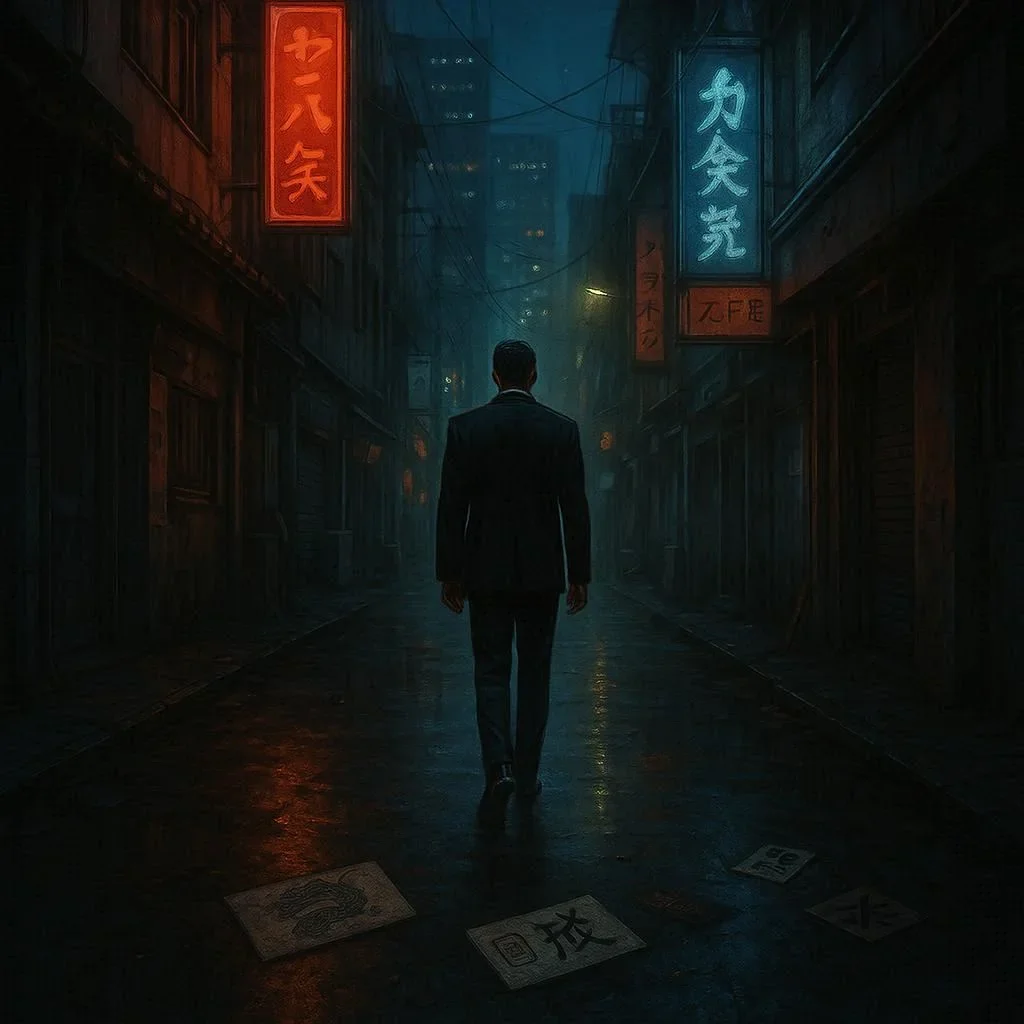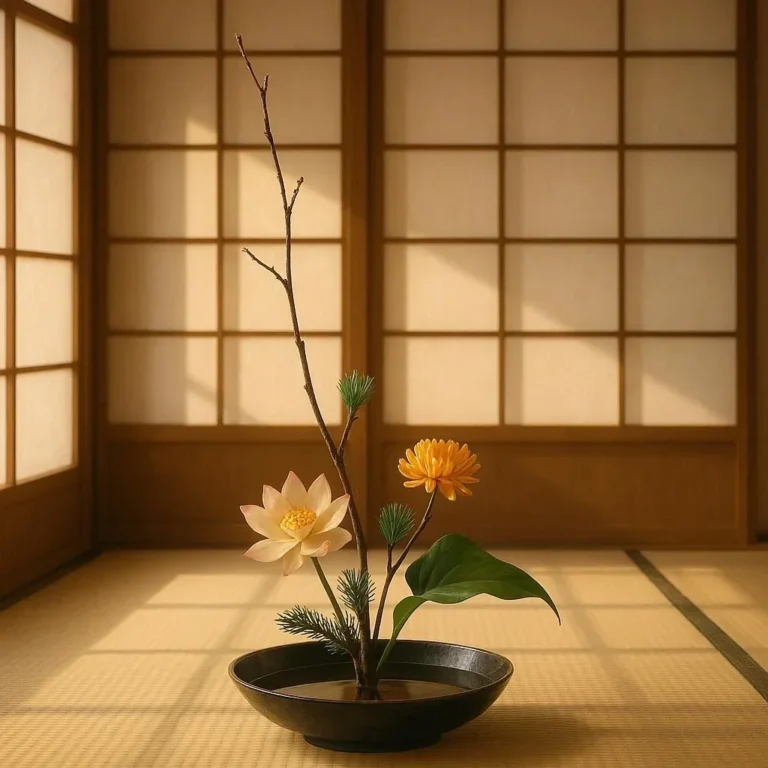507 views The Evolution of the Samurai Image in Modern Japan
The samurai, once the formidable warriors of Japan’s feudal era, have left an indelible mark on the country’s cultural identity. Their image, steeped in honor, discipline, and martial prowess, continues to captivate people worldwide. However, the perception of samurai has undergone significant transformations over the years, especially in modern Japan. This blog post delves into the evolution of the samurai image, exploring how it has been reinterpreted, romanticized, and integrated into contemporary Japanese society.
The Historical Context of Samurai
To understand the modern image of samurai, it’s essential to first examine their historical roots. Samurai emerged in the 12th century as members of the warrior class, serving as protectors of the shogunate and the nobility. Over time, they became the dominant force in Japanese society, adhering to a strict code of ethics known as *Bushido*, which emphasized loyalty, courage, veracity, and self-discipline.
The samurai class reached its zenith during the Edo period (1603–1868), when Japan was ruled by the Tokugawa shogunate. This was an era of relative peace, during which samurai transitioned from being purely warriors to becoming administrators and bureaucrats. However, their influence began to wane with the arrival of American Commodore Matthew Perry in 1853, which forced Japan to open up to the West and led to the Meiji Restoration of 1868. The abolition of the samurai class followed soon after, marking the end of their historical dominance.
The Romanticization of Samurai in the Meiji Era
Despite their decline, the samurai image persisted in Japanese culture, particularly during the Meiji period (1868–1912). As Japan sought to modernize and adopt Western practices, there was a renewed interest in preserving traditional values. The samurai, with their association with honor and loyalty, became symbols of Japan’s martial spirit and cultural heritage.
Intellectuals and politicians of the time sought to revive Bushido as a way to instill national pride and unity. This led to the publication of books such as *Bushido: The Soul of Japan* by Inazo Nitobe in 1899, which introduced samurai ethics to a global audience. Nitobe’s work portrayed Bushido as a timeless philosophy, blending elements of Confucianism, Shintoism, and Western chivalry.
The romanticization of samurai during the Meiji era laid the groundwork for their enduring appeal in the 20th and 21st centuries. Samurai were no longer seen as relics of the past but as timeless embodiments of Japanese values.
The Samurai in Modern Japanese Culture
In modern Japan, the samurai image is ubiquitous, appearing in films, literature, manga, and even advertising. Their portrayal, however, often blends historical accuracy with creative embellishment. This section explores how samurai are represented in contemporary Japanese culture.
Cinema and Television
The film industry has played a pivotal role in shaping the modern image of samurai. Directors like Akira Kurosawa have immortalized samurai in cinematic masterpieces such as *Seven Samurai* (1954) and *Yojimbo* (1961). Kurosawa’s films often depicted samurai as complex characters, struggling with moral dilemmas and the changing times. These portrayals humanized samurai, moving beyond the traditional depictions of them as invincible warriors.
Similarly, modern Japanese television dramas (*jidaigeki*) frequently feature samurai as protagonists. Shows like *Shinsengumi Keppuroku* and *Rurouni Kenshin* have further romanticized the samurai image, blending historical facts with fictional narratives. These productions often emphasize themes of loyalty, sacrifice, and the pursuit of justice, resonating with audiences seeking inspiration in a fast-paced, modern world.
Popular Culture and Media
The influence of samurai extends beyond traditional media. Manga and anime series such as *Vagabond*, *Samurai X*, and *Afro Samurai* have reimagined the samurai in contemporary contexts. These works often blend historical elements with futuristic or fantastical settings, appealing to a younger generation of fans.
Video games have also embraced the samurai theme, with titles like *Ghost of Tsushima* and *Sekiro: Shadows Die Twice* offering players immersive experiences of feudal Japan. These games not only celebrate the martial prowess of samurai but also explore their emotional and philosophical depths.
Tourism and National Identity
Samurai imagery is also used in tourism and national branding. Japan’s rich samurai history is a major draw for foreign visitors, with sites like the Nagoya Castle and the Samurai Museum in Tokyo offering glimpses into the lives of these warriors. Traditional festivals (*matsuri*) often feature samurai reenactments, further reinforcing their cultural significance.
In addition, samurai imagery is used in advertising and branding. Companies often evoke the spirit of samurai to convey themes of precision, discipline, and excellence. This association serves to strengthen Japan’s global reputation for quality and innovation.
The Global Appeal of Samurai
The samurai image has transcended cultural boundaries, captivating audiences worldwide. This global appeal can be attributed to several factors.
The Universal Themes of Bushido
Bushido, the code of ethics followed by samurai, is rooted in universal values such as honor, loyalty, and self-discipline. These principles resonate with people from diverse cultural backgrounds, making samurai a relatable and inspiring figure.
The Fascination with Martial Arts
Samurai are closely associated with martial arts, particularly *kendo* and *kenjutsu*. The disciplinarian nature of these practices, along with the emphasis on mental focus and self-control, has made martial arts a global phenomenon. The worldwide popularity of Japanese martial arts further solidifies the samurai’s place in global culture.
The Influence of Western Media
Hollywood has also contributed to the global spread of the samurai image. Films like *The Magnificent Seven* (1960), which was inspired by *Seven Samurai*, demonstrate the cross-cultural appeal of samurai stories. More recently, films such as *The Last Samurai* (2003) have brought the samurai narrative to a new generation of audiences.
In addition to films, Western literature and art have frequently drawn inspiration from samurai. Writers such as Yukio Mishima and Lafcadio Hearn have explored samurai themes in their works, further introducing samurai culture to a global audience.
The Modern Reinterpretation of Samurai Values
While the samurai class has long since disappeared, their values continue to influence modern Japan. This section examines how samurai ideals are reinterpreted in contemporary contexts.
Bushido in the Corporate World
In Japan’s highly competitive corporate world, the principles of Bushido are often invoked to inspire employees. Concepts such as loyalty, perseverance, and self-discipline are seen as essential qualities for achieving success in business. Some companies even incorporate martial arts training into their employee development programs, emphasizing the importance of mental and physical discipline.
The Role of Samurai in Education
Educational institutions in Japan frequently use samurai as examples of exemplary behavior. Students are taught about the historic achievements of samurai, as well as the ethical code they followed. This emphasis on historical figures serves to instill a sense of national pride and responsibility among young people.
The Resurgence of Samurai in Contemporary Art
Samurai themes are also evident in contemporary Japanese art. Artists such as Takashi Murakami and Yayoi Kusama have incorporated samurai imagery into their works, blending traditional motifs with modern aesthetic styles. This fusion of old and new highlights the enduring relevance of samurai in Japanese culture.
The Critique of Romanticized Samurai Imagery
While the romanticized image of samurai remains popular, it has not been without criticism. Some historians and scholars argue that the modern portrayal of samurai often overlooks the complexities of their historical roles. For instance, samurai were not only noble warriors but also members of a privileged class who held significant political power.
Moreover, the idealized depiction of samurai in media and popular culture has led to the marginalization of other historical figures, such as farmers, merchants, and artisans. This creates a skewed perception of Japan’s past, with the samurai being overly represented as the embodiment of Japanese identity.
In addition, the emphasis on Bushido has been critiqued for promoting a rigid and exclusive definition of Japanese culture. Critics argue that this can hinder efforts to embrace diversity and multiculturalism in modern Japan.
Conclusion: The Enduring Legacy of Samurai
The image of the samurai continues to evolve in modern Japan, influenced by historical narratives, cultural reinterpretations, and global influences. While the historical samurai were multifaceted figures with complex roles, their modern image is often idealized and romanticized, serving as a symbol of Japan’s martial spirit and cultural identity.
The enduring appeal of samurai lies in their association with timeless values such as honor, loyalty, and self-discipline. These principles continue to resonate with people worldwide, making the samurai a compelling and inspiring figure in both historical and contemporary contexts.
As Japan continues to navigate the challenges of modernity, the samurai image serves as a reminder of the country’s rich cultural heritage. Whether through films, literature, or art, the samurai legacy lives on, inspiring future generations to embrace the values of the past while looking towards the future.






